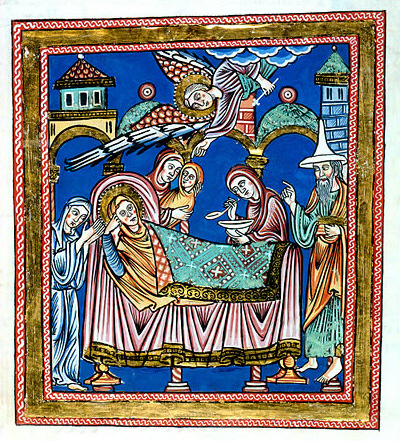|
Bresse Gauloise
The Bresse Gauloise is a French breed of domestic chicken. It originates in the historic region and former province of Bresse, in the regions of Rhône-Alpes, Bourgogne and Franche-Comté, in eastern France. Because of legal restrictions on the use of the name, only white chickens raised within that area may be called "Bresse"; outside it, they are given the name "Gauloise"; the breed name combines both. Four colours are recognised for the Bresse Gauloise, three of them linked to areas within Bresse: the Bresse de Bourg is "grey" (silver-pencilled); the Bresse de Bény is white; the Bresse de Louhans is black; a blue variety has recently been created. White Bresse de Bény chickens and capons raised in the area of Bresse have ''appellation d'origine contrôlée'' status and are marketed as poulet de Bresse; they are regarded as a premium product and command higher prices than other chickens. History The first documentation of the chickens of Bresse reportedly dates from 12 Nov ... [...More Info...] [...Related Items...] OR: [Wikipedia] [Google] [Baidu] |
Saône-et-Loire
Saône-et-Loire (; Arpitan: ''Sona-et-Lêre'') is a department in the Bourgogne-Franche-Comté region in France. It is named after the rivers Saône and Loire, between which it lies, in the country's central-eastern part. Saône-et-Loire is Bourgogne-Franche-Comté's most populous department with a population of 551,493 as of 2019.Populations légales 2019: 71 Saône-et-Loire INSEE It is also its southernmost department, as it is situated on the regional border with Auvergne-Rhône-Alpes. Saône-et-Loire's prefecture is [...More Info...] [...Related Items...] OR: [Wikipedia] [Google] [Baidu] |
Louhans
Louhans () is a commune in the Saône-et-Loire department in the region of Bourgogne-Franche-Comté in eastern France.Commune de Louhans (71263) INSEE Louhans is the capital of Bresse bourguignonne and a subprefecture of the department. Geography Louhans is centrally located on the plain of Bresse, a strongly agricultural region in the eastern part of the department ofSaône-et-Loire
Saône-et-Loire (; Arpitan: ''Sona-et-Lêre'') is a ...
[...More Info...] [...Related Items...] OR: [Wikipedia] [Google] [Baidu] |
Domestic Turkey
The domestic turkey (Meleagris gallopavo domesticus) is a large fowl, one of the two species in the genus '' Meleagris'' and the same species as the wild turkey. Although turkey domestication was thought to have occurred in central Mesoamerica at least 2,000 years ago, recent research suggests a possible second domestication event in the area that is now the southwestern United States between 200 BC and AD 500. However, all of the main domestic turkey varieties today descend from the turkey raised in central Mexico that was subsequently imported into Europe by the Spanish in the 16th century. The domestic turkey is a popular form of poultry, and it is raised throughout temperate parts of the world, partially because industrialized farming has made it very cheap for the amount of meat it produces. Female domestic turkeys are called ''hens'', and the chicks are ''poults'' or ''turkeylings''. In Canada and the United States, male turkeys are called ''toms''; in the United Kingdom ... [...More Info...] [...Related Items...] OR: [Wikipedia] [Google] [Baidu] |
Selectively Bred
Selective breeding (also called artificial selection) is the process by which humans use animal breeding and plant breeding to selectively develop particular phenotypic traits (characteristics) by choosing which typically animal or plant males and females will sexually reproduce and have offspring together. Domesticated animals are known as breeds, normally bred by a professional breeder, while domesticated plants are known as varieties, cultigens, cultivars, or breeds. Two purebred animals of different breeds produce a crossbreed, and crossbred plants are called hybrids. Flowers, vegetables and fruit-trees may be bred by amateurs and commercial or non-commercial professionals: major crops are usually the provenance of the professionals. In animal breeding, techniques such as inbreeding, linebreeding, and outcrossing are utilized. In plant breeding, similar methods are used. Charles Darwin discussed how selective breeding had been successful in producing change over time ... [...More Info...] [...Related Items...] OR: [Wikipedia] [Google] [Baidu] |
Animal Fancy
Animal fancy is a hobby involving the appreciation, promotion, or breeding of pet or domestic animals. Fancy may include ownership, showing, animal sports and other competitions, and breeding. Hobbyists may simply collect specimens of the animal in appropriate enclosures ( vivaria), such as an aquarium, terrarium, or aviary. Some fanciers keep hobby farms, or menageries (private zoos). There are many animal fancy clubs and associations in the world, which cater to everything from pigeons to Irish Wolfhounds. Fanciers and fancierdom may collectively be referred to as ''the fancy'' for that kind of animal, e.g. the cat fancy. Animal fancy includes the keeping of animals considered exotic pets; a rapidly growing example is herpetoculture, the keeping of reptiles and amphibians. Organizations Some examples of international animal fancy organizations are: * Avicultural Society, an organization for the keeping and breeding of all types of birds other than domesticated vari ... [...More Info...] [...Related Items...] OR: [Wikipedia] [Google] [Baidu] |
La Flèche (chicken)
La Flèche () is a town and commune in the French department of Sarthe, in the Pays de la Loire region in the Loire Valley. It is the sub-prefecture of the South-Sarthe, the chief district and the chief city of a canton, and the second most populous city of the department. The city is part of the Community of communes of the Pays La Flèche. The inhabitants of the town are called ''Fléchois''. It is classified as an area of art and history. The Prytanée National Militaire is located in La Flèche. Geography La Flèche is located on the Loir River and is also on the Greenwich Meridian. It is located halfway between Le Mans (45 km) and Angers. City communes * Sainte-Colombe * Saint-Germain-du-Val * Verron Neighboring municipalities * Bazouges Cré sur Loir * Crosmières * Villaines-sous-Malicorne * Bousse * Clermont-Créans * Mareil-sur-Loir * Thorée-les-Pins * Baugé-en-Anjou (Maine-et-Loire) History The origin of the name ''La Flèche'' is uncertain; the word ... [...More Info...] [...Related Items...] OR: [Wikipedia] [Google] [Baidu] |
Belley
Belley () is a commune in the Ain department in eastern France. History Belley is of Roman origin, and in the 5th century became an episcopal see. It was the capital of the province of Bugey, which was a dependency of Savoy till 1601, when it was ceded to France. In 1385 the town was almost entirely destroyed by an act of incendiarism, but was municipalitysequently rebuilt by the dukes of Savoy, who surrounded it with ramparts of which little is left. Belley was the birthplace of the epicure Jean-Anthelme Brillat-Savarin. Ecclesiastical history Belley was the seat of the Bishop of Belley and the location of Belley Cathedral. Belley is the home region of St. Peter Chanel, the famous 19th-century Marist missionary martyr and proto-martyr of Oceania. Population Climate Belley features an oceanic climate (Cfb) but with strong continental influences due to its far inland position and its proximity to the Jura mountains under the Köppen system. Both tempe ... [...More Info...] [...Related Items...] OR: [Wikipedia] [Google] [Baidu] |
Jean Anthelme Brillat-Savarin
Jean Anthelme Brillat-Savarin (; 1 April 1755, Belley, Ain – 2 February 1826, Paris) was a French lawyer and politician, who, as the author of ''The Physiology of Taste'' (''Physiologie du Goût''), gained fame as an epicure and gastronome: " Grimod and Brillat-Savarin. Between them, two writers effectively founded the whole genre of the gastronomic essay." Biography Brillat-Savarin was born in the town of Belley, Ain, where the Rhône River then separated France from Savoy, to a family of lawyers. He studied law, chemistry, and medicine in Dijon in his early years and later practiced law in his hometown. In 1789, at the opening of the French Revolution, he was sent as a deputy to the Estates-General that soon became the National Constituent Assembly, where he acquired some limited fame, particularly for a public speech in defense of capital punishment. His father Marc Anthelme adopted his second surname in 1733 upon the death of an aunt named Savarin who left him her ... [...More Info...] [...Related Items...] OR: [Wikipedia] [Google] [Baidu] |
Gastronome
Gastronomy is the study of the relationship between food and culture, the art of preparing and serving rich or delicate and appetizing food, the cooking styles of particular regions, and the science of good eating. One who is well versed in gastronomy is called a gastronome, while a gastronomist is one who unites theory and practice in the study of gastronomy. Practical gastronomy is associated with the practice and study of the preparation, production, and service of the various foods and beverages, from countries around the world. Theoretical gastronomy supports practical gastronomy. It is related with a system and process approach, focused on recipes, techniques and cookery books. Food gastronomy is connected with food and beverages and their genesis. Technical gastronomy underpins practical gastronomy, introducing a rigorous approach to evaluation of gastronomic topics. Etymology Archestratus wrote a guide to the foods of the Mediterranean in the form of a poem called "Gastron ... [...More Info...] [...Related Items...] OR: [Wikipedia] [Google] [Baidu] |
Epicure (gourmet)
Gourmet (, ) is a cultural idea associated with the culinary arts of fine food and drink, or haute cuisine, which is characterized by refined, even elaborate preparations and presentations of aesthetically balanced meals of several contrasting, often quite rich courses. Historically the ingredients used in the meal tended to be rare for the region, which could also be impacted by the local state and religious customs. The term and the related characteristics are typically used to describe people with refined tastes and enthusiasm. Gourmet food is frequently provided in more expensive, smaller servings. When it comes to Gourmet, there are also frequently cross-cultural interactions that introduce new ingredients, materials, and traditions. Origin of term The word ''gourmet'' is from the French term for a wine broker or ''taste-vin'' employed by a wine dealer. ''Friand'' was formerly the reputable name for a connoisseur of delicious things that were not eaten primarily for nourishme ... [...More Info...] [...Related Items...] OR: [Wikipedia] [Google] [Baidu] |
Treffort-Cuisiat
Treffort-Cuisiat () is a former commune in the Ain department in eastern France. On 1 January 2016, it was merged into the new commune Val-Revermont. 4 December 2015 Treffort and Cuisiat were merged in 1972. Geography TheSevron
The Sevron () is a long river in the Ain and Saône-et-Loire departments, eastern France. Its source is in Meillonnas. It flows generally north-northwest. It is a left tributary of the Solnan, into which it flows at Varennes-Saint-Sauveur.
Dep ... formed most of the commune's southwestern border.
Population Culture Cuisiat is home to the[...More Info...] [...Related Items...] OR: [Wikipedia] [Google] [Baidu] |
Joachim De Rye
Joachim (; ''Yəhōyāqīm'', "he whom Yahweh has set up"; ; ) was, according to Christian tradition, the husband of Saint Anne and the father of Mary, the mother of Jesus. The story of Joachim and Anne first appears in the Biblical apocryphal Gospel of James. His feast day is 26 July, a date shared with Saint Anne. In Christian tradition The story of Joachim, his wife Anne (or Anna), and the miraculous birth of their child Mary, the mother of Jesus, was told for the first time in the 2nd-century apocryphal infancy-gospel the Gospel of James (also called Protoevangelium of James). Joachim was a rich and pious man, who regularly gave to the poor. However, Charles Souvay, writing in the ''Catholic Encyclopedia'', says that the idea that Joachim possessed large herds and flocks is doubtful. At the temple, Joachim's sacrifice was rejected, as the couple's childlessness was interpreted as a sign of divine displeasure. Joachim consequently withdrew to the desert, where he fasted and ... [...More Info...] [...Related Items...] OR: [Wikipedia] [Google] [Baidu] |

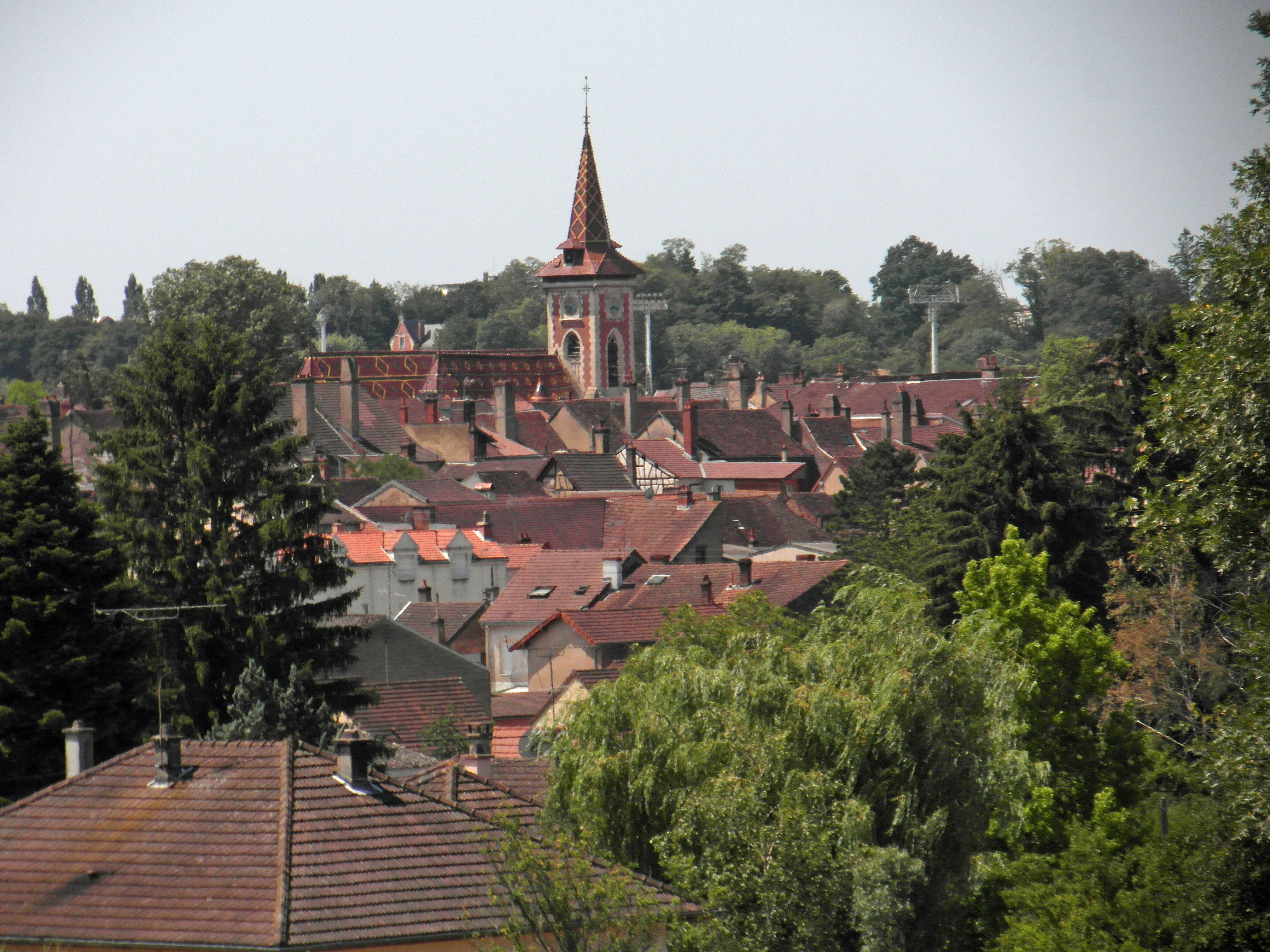
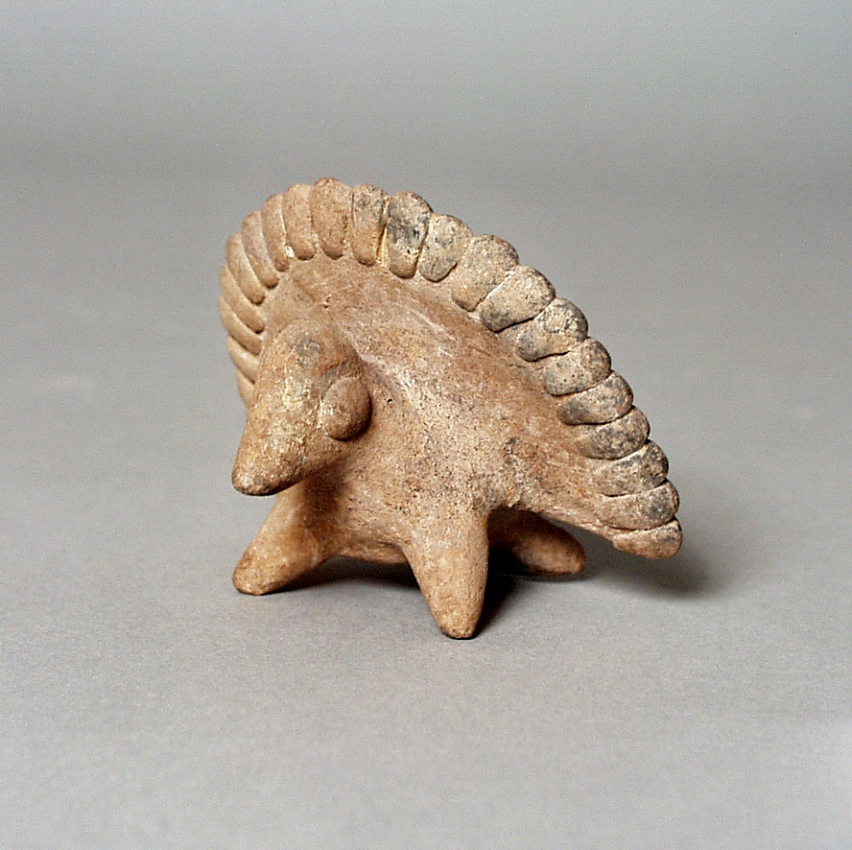
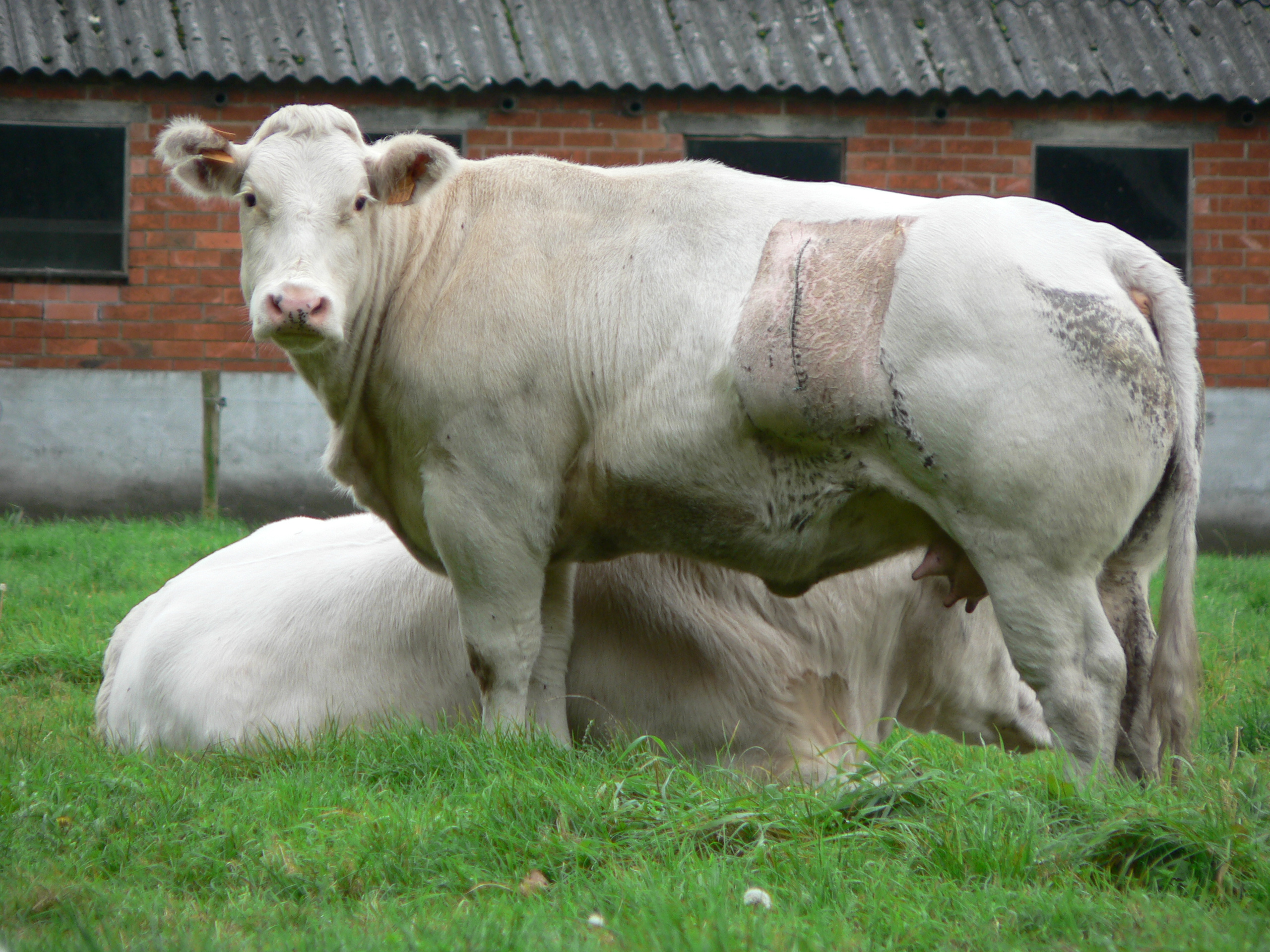
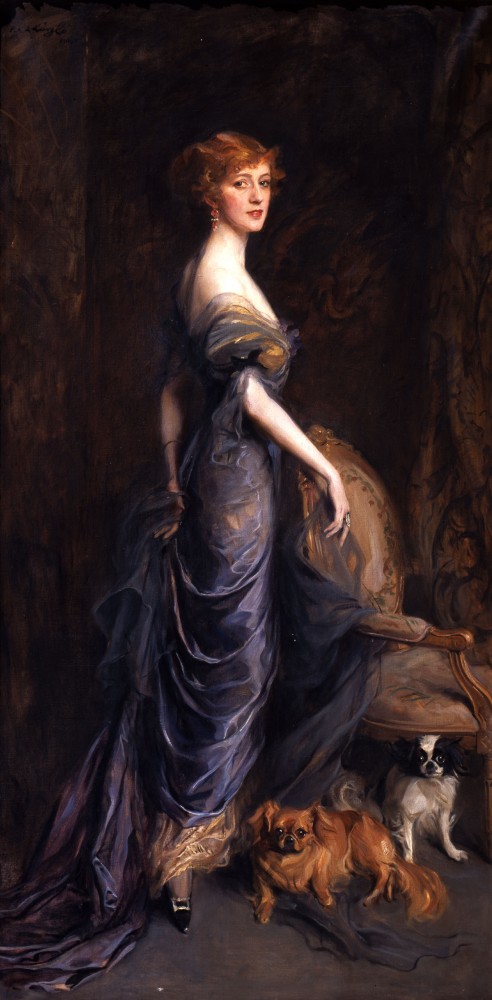
.jpg)
